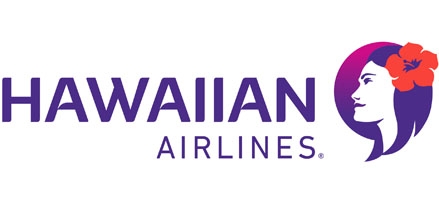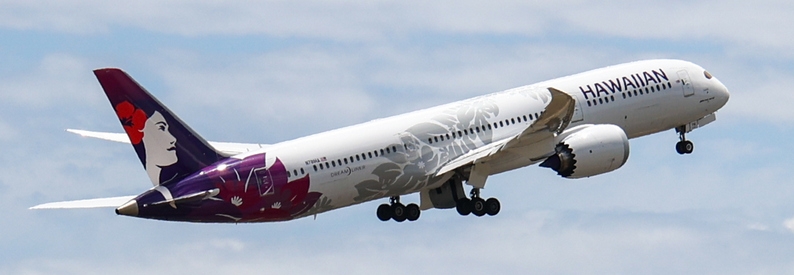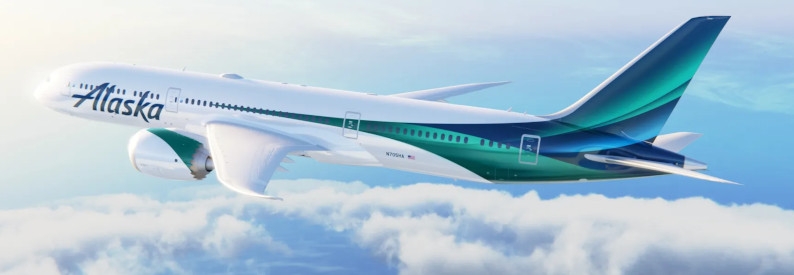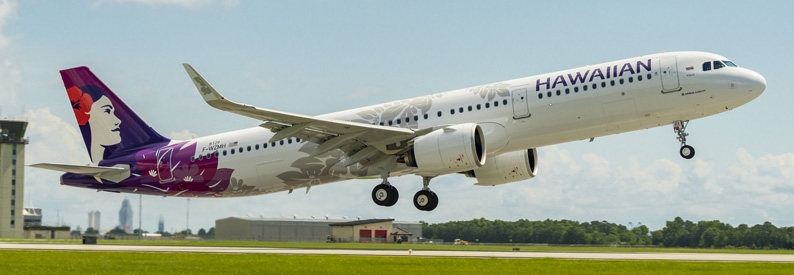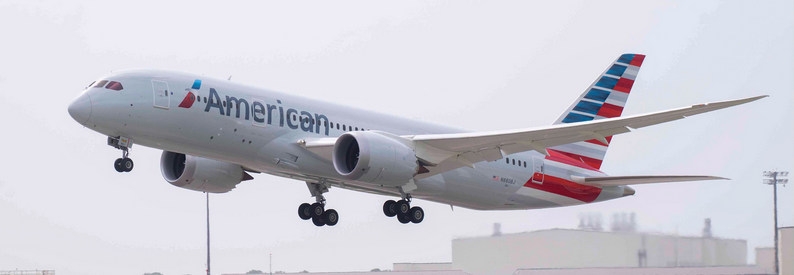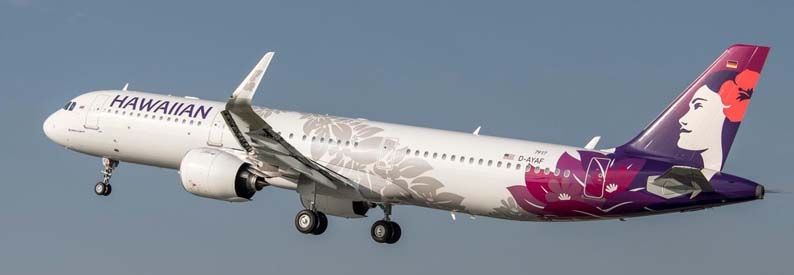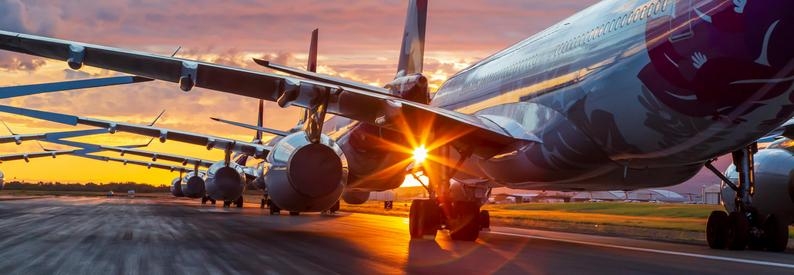Hawaiian Airlines (HA, Honolulu) plans to join Oneworld in time, pending United States Department of Justice approval of its USD1.9 billion merger with Alaska Airlines (AS, Seattle Tacoma International), a member of that alliance, said CEO Peter Ingram.
Hawaiian does not belong to any major airline alliance but has individual commercial partnership agreements with several airlines. At Oneworld, it would join the ranks of American Airlines, British Airways, Cathay Pacific, Finnair, Iberia, and JAL - Japan Airlines.
In an interview with Forbes, Ingram expressed confidence that the merger will get regulatory approval. The DOJ has until August 5 to make a decision. He confirmed the merged company would continue to operate both airlines under their own brands while combining their operating platforms.
"We feel very good about the combination because it is pro-consumer and pro-competition. There are not a lot of overlapping routes between Alaska and Hawaiian, but where there are, there are other carriers also flying the same city pairs," he said.
"Both Alaska and Hawaiian have fiercely loyal followings in their home markets. This was evident in Hawaii when the merger was announced, with many locals worried about their home-grown airline losing its uniquely Hawaiian touch. While the airline won't be locally owned anymore, both brands will operate separately, meaning the Hawaiian touches will stay the same. Both Hawaiian and Alaska are almost a century old, and each brand is very important to the community in its home markets."
The planned merger could eventually see the B737 MAX replace Hawaiian's B717-200 fleet on inter-island routes. The airline has nineteen B717s, on average aged 22.3 years, ch-aviation Commercial Aviation Aircraft Data data reveals. The rest of the fleet comprises two B787-9s with ten more due for delivery, eighteen A321-200Ns, twenty-four A330-200s, and three A330-300(P2F)s, plus seven A330-300s to be delivered post P2F conversion.
According to Ingram, a third B787-9 is scheduled to join the fleet by the end of the year. "The Dreamliner will serve as a combination of fleet replacement for some of the A330s as well as potential growth for new routes or to add capacity on existing ones," he explained.
"Since it is a premium-heavy aircraft, it fits perfectly in markets like Honolulu to New York JFK, Tokyo Narita, and Sydney Kingsford Smith that combine the demand for a flat-bed product with the longer range for which the aircraft is designed. The 787 has 300 total seats versus 278 on the A330. There are 34 premium seats, which is almost double what is on the Airbus plane. As a newer generation aircraft, it has greater fuel efficiency, too," he opined.
The airline's two B787-9s currently serve the US West Coast, including San Francisco, with Phoenix Sky Harbor and Los Angeles International following this month. "This allows for more flexibility in the schedule so that the aircraft can undergo maintenance in between these shorter flights. It also allows more opportunities for pilots to become certified and get hours operating the aircraft. Both of those functions become more difficult when the planes are flying longer-haul routes with less downtime between sectors," he explained.
Ingram said narrow operating margins were one of the leisure-focused carrier's biggest challenges. "As a smaller airline, we have to be creative and scrappy to stay competitive," he said. "This challenge is what keeps me up at night, but also what gets me up in the morning."
